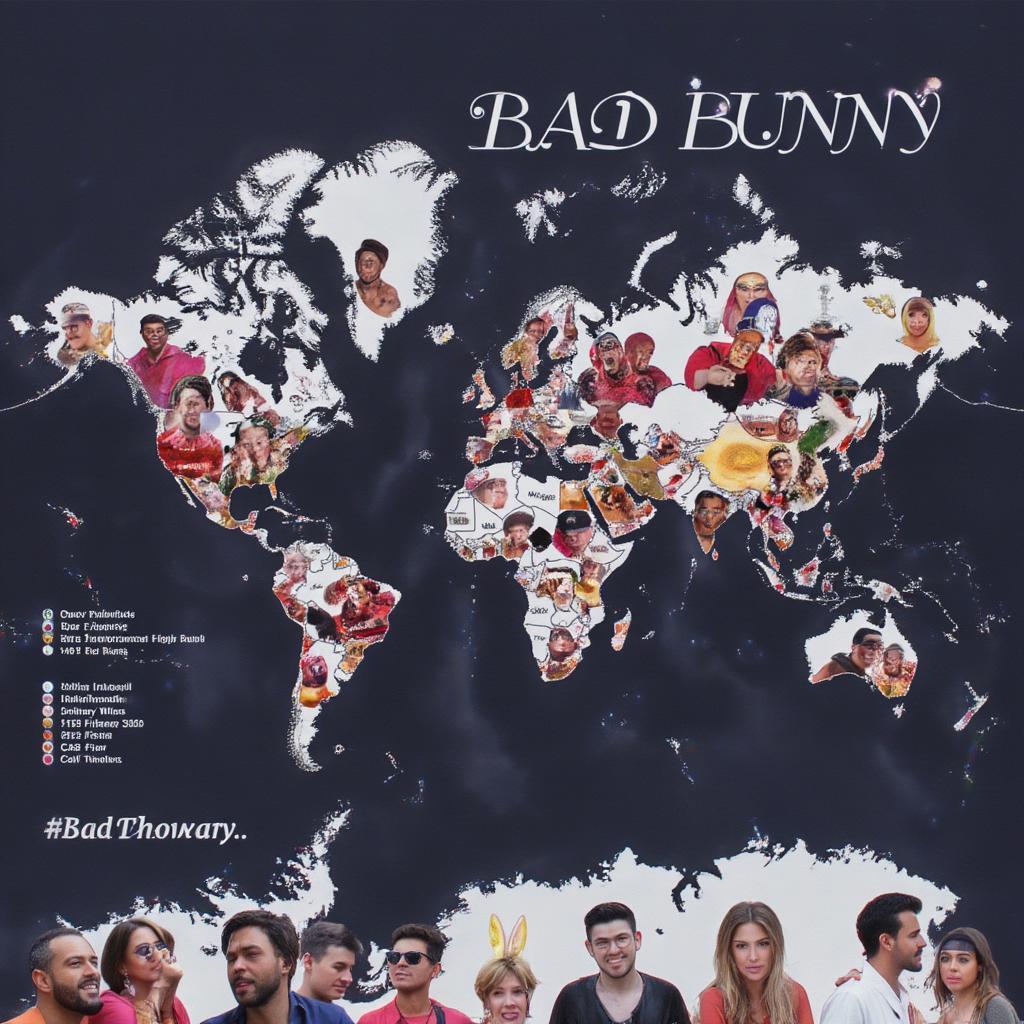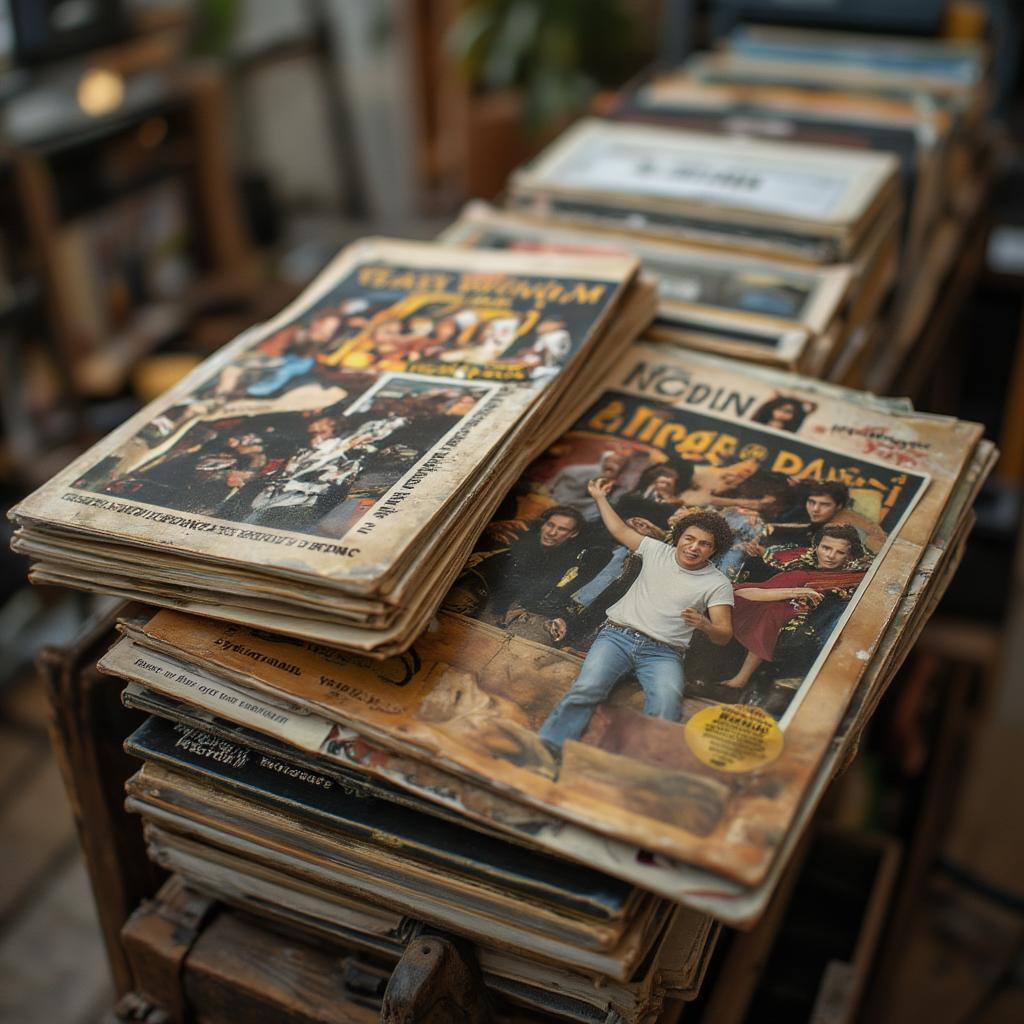Decoding the Melancholy: A Deep Dive into Sad Pop Music

Sad Pop music, a genre that resonates deeply with listeners worldwide, isn’t just about heartbreak and tears. It’s a complex tapestry of emotions woven into catchy melodies and relatable lyrics, providing solace and understanding to those navigating life’s ups and downs. It’s about finding beauty in sadness, turning pain into art, and, most importantly, not feeling alone in your experiences.
The Allure of the Tearjerker: Why We Love Sad Pop
Why do we willingly subject ourselves to music that evokes sadness? It’s a curious phenomenon, isn’t it? Well, it turns out there are some very good reasons why we’re drawn to these sonic expressions of melancholy. For starters, sad pop acts as a cathartic release. It provides a safe space to experience complex feelings without judgment. Think about it: when you’re going through a rough patch, putting on a sad song often feels like a sonic hug, validating your emotions and making you feel understood. It’s like saying, “Hey, it’s okay to not be okay.”
Furthermore, sad pop music offers a relatable narrative. These songs often tell stories of lost love, broken friendships, and the struggles of everyday life. This relatability forges a connection between the artist and the listener, creating a sense of shared experience. You might be singing along to a song about a breakup and think, “Yeah, that’s exactly how I felt!” That feeling of not being alone can be incredibly powerful. The lyrics in sad pop often articulate the unspoken thoughts and feelings we struggle to express ourselves, and the catchy melodies serve as an easy and welcoming vehicle for this emotional processing.

The Emotional Spectrum of Sad Pop
Sad pop isn’t a monolith. It encompasses a wide range of emotional nuances. From the raw pain of heartbreak to the quiet melancholy of loneliness, this genre explores the full spectrum of human sadness. Let’s break down some key characteristics. Firstly, there’s the heartbreak anthem, often featuring soaring vocals and dramatic instrumentation, perfect for those moments when you just need to let it all out. Think of artists like Adele or Olivia Rodrigo, masters of this style, crafting songs that are both deeply emotional and incredibly catchy.
Then, you have the introspective ballads, slower and more reflective, focusing on quieter, more internal struggles. These songs might feature acoustic instruments and subtle melodies, creating an intimate and contemplative atmosphere. Artists like Billie Eilish excel at this, blending vulnerability with a cool detachment, making their songs sound like private confessions. Finally, there’s the bittersweet pop, songs that recognize the sadness of a situation while also finding a glimmer of hope or beauty within it. This is where you’ll find the dance-in-the-rain vibe, acknowledging the tears, but also embracing the moment. These songs aren’t about being stuck in misery; they’re about finding strength and resilience in the face of it.
“Sad pop isn’t just about feeling down; it’s about finding a connection through shared vulnerabilities and turning those feelings into something beautiful and understandable.” – Dr. Anya Sharma, Clinical Psychologist specializing in Music and Emotional Well-being
Shock Naue’s Take on the Genre: A Fresh Perspective
At Shock Naue, we’re not just about following trends; we’re about shaping them. We approach sad pop with a fresh, innovative perspective, blending the classic elements of the genre with our signature sound. We want to create music that’s not just sad, but also empowering. Think of melodies that stay with you long after the song ends and lyrics that speak directly to your soul, but with a modern and upbeat twist. Our sad pop is designed to be relatable, honest, and, most importantly, cathartic. We want our audience to feel understood, to feel empowered, and maybe even find a bit of joy in the process of embracing their sadness.
Our productions aren’t just your run-of-the-mill melancholic tunes. We blend the familiar elements of a heartbreak ballad, for example, with cutting-edge sound design and production techniques. This means incorporating elements of electronic music, such as synthesizers and drum machines, into the mix. It also means experimenting with different vocal treatments and sonic textures to create an atmosphere that’s both intimate and expansive. We’re constantly looking for new ways to push boundaries and redefine what sad pop can be. The overall goal is to create music that is instantly recognizable as Shock Naue, while also resonating with the universal experience of human emotion.
Crafting the Perfect Sad Pop Song: The Shock Naue Formula
So, what exactly goes into crafting the perfect sad pop song, Shock Naue style? It’s a delicate balance of ingredients, each playing a crucial role.
- Honest Lyrics: The foundation of any great sad pop song lies in its lyrics. We focus on crafting authentic, relatable narratives, exploring the nuances of complex emotions. We delve into themes of vulnerability, loss, and acceptance, aiming to create lyrics that resonate deeply with our audience.
- Catchy Melodies: It’s no good having the most evocative lyrics if the melody isn’t memorable. Our melodies are designed to be both emotionally resonant and instantly catchy, ensuring the song stays with you long after the music stops. The use of hooks and repetitive melodic phrases aids in this process, helping to create that addictive quality.
- Dynamic Production: The production of a sad pop song is just as important as the melody and lyrics. At Shock Naue, we meticulously craft each track with attention to sonic detail. We use a blend of acoustic and electronic instruments, carefully layering sounds to create dynamic textures and moods. This ensures the song is not only catchy but also emotionally engaging.
- Vocal Delivery: We pay close attention to the vocal delivery, working with artists who can convey the full range of emotions with authenticity and vulnerability. Whether it’s a soaring belt or a delicate whisper, the vocal performance is key to bringing the song to life. The way an artist delivers a line can completely change the interpretation of a song.
“The best sad pop songs aren’t just about sadness; they’re about the journey of healing, reflection, and ultimately, finding strength within yourself.” – Ethan Ramirez, Lead Producer at Shock Naue
The Global Impact of Sad Pop and its Evolution
Sad pop’s reach is truly global. It transcends cultural boundaries, connecting with audiences all over the world. There’s something universally relatable about the feeling of loss, heartbreak, and navigating the complexities of life, and this is what allows sad pop to resonate so widely. Over the decades, the genre has evolved, adapting to changing tastes and cultural shifts. In the past, it might have been dominated by soulful ballads and acoustic performances, but today it encompasses a vast array of sounds and styles, from electronic-infused tracks to stripped-down acoustic performances.
The digital age has also played a major role in the evolution and accessibility of sad pop. Streaming platforms and social media have allowed artists to reach new audiences and experiment with different sounds. The rise of bedroom pop and indie artists has further pushed the boundaries of the genre, resulting in a wider range of sounds and perspectives. We’ve seen how TikTok, for instance, can make a song go viral, reaching millions of people overnight and creating a more direct interaction between artists and listeners. This has led to a more diverse and innovative landscape for sad pop. It’s an exciting time to be both a creator and a listener within the genre.
Embracing the Melancholy: Finding Strength in Sad Pop
Sad pop is not about wallowing in sadness; it’s about acknowledging it, understanding it, and ultimately, finding strength in it. It’s about recognizing that experiencing a range of emotions is part of being human. This genre provides a space for introspection, self-reflection, and connection. When we embrace our sadness through music, we’re not only validating our feelings but also finding a sense of community and shared experience.
The next time you’re feeling down, instead of trying to suppress those feelings, try embracing them through a good sad pop song. Let the music wash over you, and allow yourself to feel what you need to feel. You might be surprised at how therapeutic it can be. Remember, it’s okay to not be okay, and sometimes, a good sad song is exactly what you need. And that’s exactly what we at Shock Naue aim to provide – music that meets you where you are, with empathy, understanding, and a touch of cathartic beauty.
In conclusion, sad pop is a powerful genre that explores the complexities of human emotion. It’s a space where we can be vulnerable, honest, and ultimately, find strength and connection. At Shock Naue, we’re committed to pushing the boundaries of sad pop, creating music that’s not only catchy and relatable but also deeply meaningful.
Frequently Asked Questions (FAQ) about Sad Pop Music
1. What exactly defines a song as “sad pop”?
Sad pop is a subgenre of pop music characterized by its melancholic themes, lyrical content that often deals with heartbreak, loss, or introspection, and melodies that evoke a sense of sadness or longing. It’s typically marked by a slower tempo and use of minor keys, but with an overall pop sensibility and structure.
2. Why do people enjoy listening to sad pop when they’re already feeling down?
Listening to sad pop can actually provide a sense of catharsis. It allows people to connect with their emotions, feel validated in their experiences, and find solace in knowing that others have felt the same way. It’s like a shared emotional journey that can be surprisingly comforting.
3. What are some common themes in sad pop lyrics?
Common themes include heartbreak, lost love, loneliness, personal struggles, unrequited feelings, and the challenges of navigating life’s complexities. These lyrics often explore vulnerabilities and the human experience of pain and loss.
4. Is sad pop always slow and melancholic?
Not necessarily. While some sad pop songs are slow ballads, others are more upbeat and danceable. The underlying theme of sadness remains, but the tempo and instrumentation can vary widely, adding diversity to the genre.
5. How does sad pop differ from other genres like alternative or indie music?
While there can be overlap, sad pop is distinctly pop in its structure, catchiness, and overall accessibility. Alternative and indie music often explore more experimental sounds and production styles, whereas sad pop is more focused on crafting hooks and melodies that stick with the listener.
6. What’s the significance of a good melody in sad pop?
A great melody in sad pop can turn an emotionally charged lyric into an earworm, making the listener want to revisit the song over and over again. The melody acts as a delivery vehicle for the emotional weight of the lyrics, amplifying its impact.
7. How has technology impacted sad pop music?
Technology, especially streaming platforms and social media, has allowed artists to reach wider audiences and create more diverse and innovative sounds in the sad pop genre. Digital accessibility has also led to a democratization of music creation and consumption.
8. Can sad pop ever be uplifting?
Yes, many sad pop songs can be bittersweet or even uplifting. While the lyrics might explore sadness, they also often contain themes of hope, resilience, and finding strength in vulnerability. It’s about acknowledging the pain, but finding a way to move forward.




